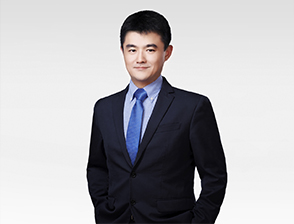The proposed dual-system approach draws inspiration from software deployment strategies and alignment concepts in AI model development.
Under this dual-system approach, the established legal system continues to function as it traditionally has, designed to address all legal matters except for the unique challenges presented by AI-driven activities. The AI-specific system, on the other hand, will introduce rules that are distinct yet aligned with traditional legal standards, upholding fairness and human values.
The alignment mechanism can establish a connection between the two systems by mapping legal standards from the traditional system to the AI context. This may ensure that the new rules are adapted and aligned to meet the unique challenges posed by AI while maintaining a clear and coherent set of principles that integrate seamlessly with the existing legal structure.
The alignment mechanism can also incorporate weak-to-strong generalization to adjudicate AI-driven activities that are beyond human comprehension. In one example, the dual-system can adjudicate whether one AI-driven invention is obvious in view of another AI-driven invention when both AI systems have reached super-intelligence and both inventions are non-obvious for humans, while maintaining the adjudication aligned with existing legal principles such as 35 U.S.C. 102/103.
Read the full article here.
Related People

Preview Attorney's BiographyXin is an associate in the Intellectual Property group at Michael Best where he specializes in patent law with a focus in artificial intelligence (AI) and other complex technologies. As a registered patent attorney, Xin has successfully handled a significant number of AI patent prosecution matters for prominent companies in the AI development space. His knowledge in AI and machine learning is complemented by a robust academic background in mathematics and statistics.Prior to joining Michael Best ...